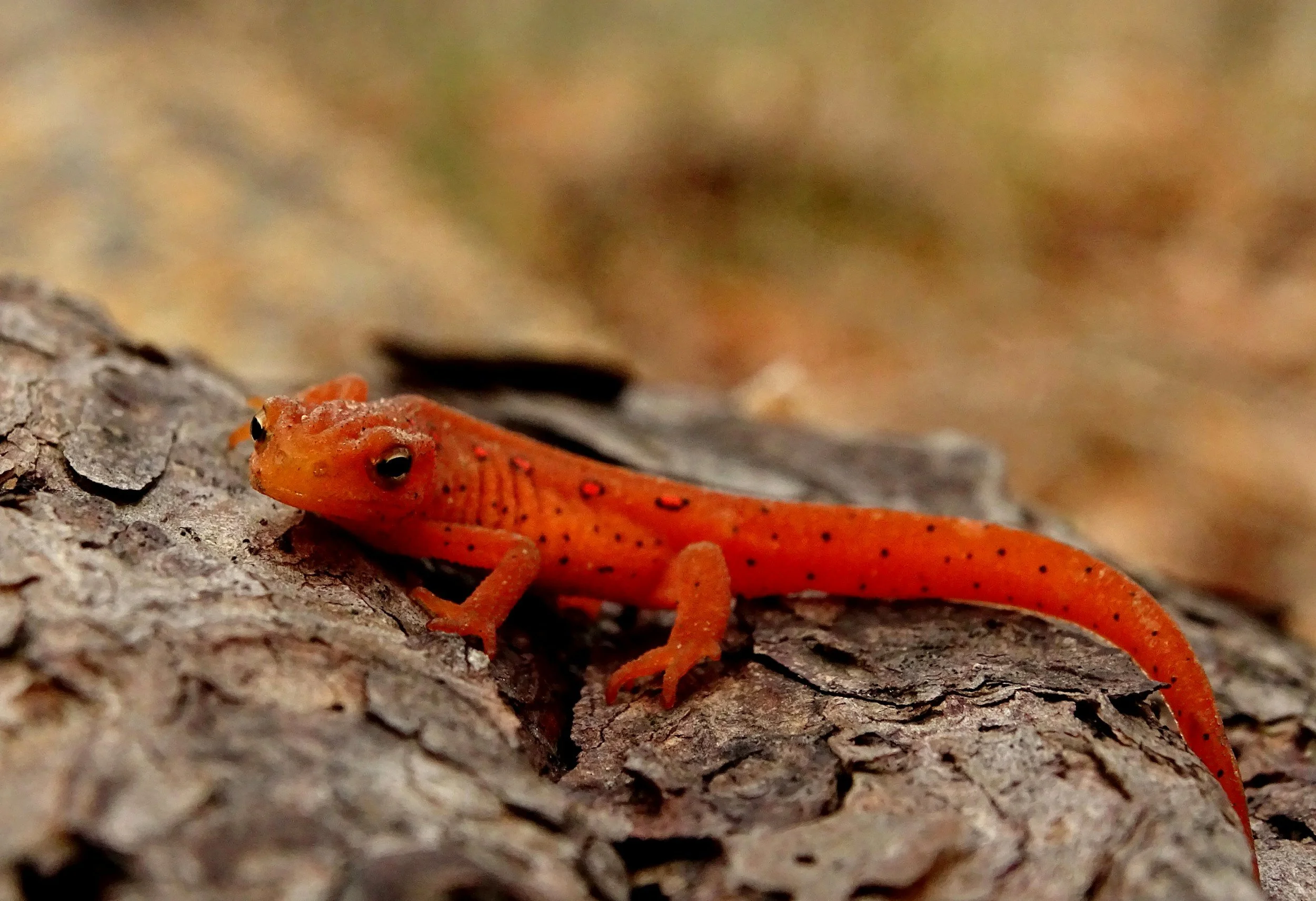Your lawn is not your living room: Leave some leaves for winter habitat protection!
Lawn as living room, complete with manufactured grass. Let the outdoors be the outdoors to help nature thrive!
(Photo by Will Goodman @carbonmonoxide on Unsplash)
Every year around this time, the Urban Forest Alliance sends an important reminder to leave some leaves for birds, bees, butterflies, and other charismatic creatures! Why is this so important? Because most insects and other invertebrates don’t migrate! The vast majority spend their winters exactly where they spent their summers: right here at home in Franklin Park and Forest.
A widely held aesthetic now-a-days is to make sure one’s lawn is as pristine as one’s living room. This mindset almost demands that every leaf is removed from the yard, robbing wildlife of habitat and birds of a source of sustenance. We rob ourselves of a healthy diversity of pollinators next spring and summer.
Leaf “litter” that many people are anxious to rid their lawns of is not trash. It’s gold! Fallen leaves provide the shelter invertebrates need to survive winter and food for birds during the shortest days of the year. There is an amazing array of critters that rely on that golden, leafy blanket of warmth that is shed yearly from our majestic deciduous trees. Next year’s butterflies, bees, fireflies as well as salamanders, toads, and box turtles, are dependent on access to good wintering locations.
In addition to creating habitat, “leaf decomposition creates food for many critters that feed birds and other wildlife,” says Alan Ford, Potowmack Chapter President of the Virginia Native Plant Society. It’s the cycle of life that has been ongoing for millennia. Human habitat interferes with that cycle, but we can help sustain balance by taking this small measure.
Can we change the ‘pristine lawn’ aesthetic and leave some leaves to sustain the critters that we love? It doesn’t necessarily mean that leaves have to remain where they fall in your yard. Not at all! When it comes to providing good habitat and maintaining a pristine lawn, one can eat their cake and have it, too! Leaves can be blown or raked from the lawn and into garden beds, they can spread around the base of a tree, and they can be put along a border at the back of your yard. A great way to camouflage leaves is to rake them into a bed of ground cover (such as pachysandra or English ivy). No one will see them, but you will know that you are protecting an array of life for next year!
Rake leaves under a shrub. Wet them down if you’re worried that they might blow away. Or put up a small fence to contain the leaves. Proudly display a sign letting neighbors know that Leaving the Leaves plays an important role in the ecosystem!
Some leaves such as Maple, according to Ford, “tend to create mats and don’t decompose as readily.” These, he said, “benefit from the lawnmower strategy: rake the leaves into ‘windows’ about six inches deep and run them over with the lawnmower. It breaks them up faster for decomposition.” He pointed out, however, that this method will “chop up the insects hiding in the leaves.” So, a little of each method is the best approach!
Think twice this year as you rake, mow, or blow leaves away for collection. There is life in that layer of leaves! Take some time to care for that life so that next year and in years to come, we have an even healthier haven in Franklin Park and Franklin Forest!
Many families in Franklin Park and Forest have been including native plants in their gardens to increase biodiversity and benefit pollinators. Now, all the critters that benefit from these supportive gardening practices need a place to hideout for the winter. Mother Nature’s solution is leaf litter!
Leaves are a natural habitat. So…leave some leaves! Then look for salamanders, fireflies, butterflies, chipmunks, box turtles, toads, shrews, earthworms and others next spring and summer!
photo: unsplash Patti Black @pattib


